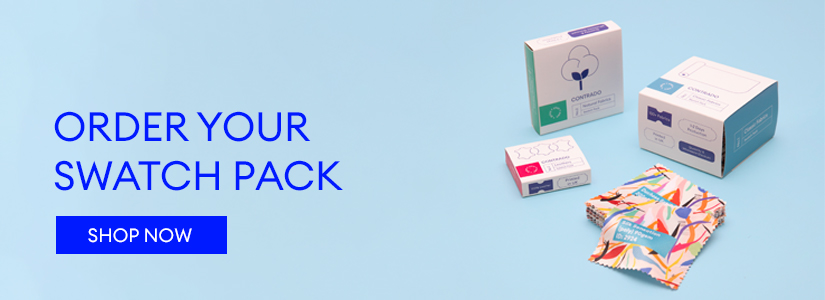Previously, we have learnt about the origins, compositions and uses of different kinds of fabrics. When talking about fabrics, I am certain that you have come across the term ‘seam’. How many times have we sighed in frustration when the ‘seam comes undone’ in our favourite top? Well, today we are going to learn a bit more what is a seam?
What is a seam?
In simple terms, a seam is a join where two or more layers of fabrics, leather or other kinds of materials are held together with a stitch. In ancient times, garments were stitched by hands but mass production of goods in modern times has ensured the use of machines. In so far as shoes, accessories and homeware items are concerned, stitching can be a combination of machines and manual efforts.
While a seam is inevitable when combining fabrics to make clothes or other articles, not all fabrics necessarily need to be stitched when used in their individual capacities. A seam is important when working with fabrics that are prone to fraying to prevent the threads from getting pulled and maintain clean edges. By that logic, non-fray fabrics do not need to be stitched around the edges.
Types of seams
Plain seam: It joins two pieces of fabric together face-to-face by sewing through both pieces, leaving a seam allowance with raw edges inside the work.
French seam: the raw edges of the fabric are fully enclosed for a neat finish. The seam is first sewn with wrong sides together, then the seam allowances are trimmed and pressed. A second seam is sewn with right sides together, enclosing the raw edges of the original seam.
Flat or abutted seam: two pieces of fabric are joined edge-to-edge with no overlap and sewn with hand or machine that encloses the raw edges.
Lapped seam: the two layers overlap with the wrong side of the top layer laid against the right side of the lower layer. Lapped seams are typically used for bulky materials that do not ravel, such as leather and felt.
Once the stitching is complete, the raw edges of a plain seam are neatened to prevent ravelling. This is done by sewing over the raw edges or enclosing them in some sort of binding. Seams can also be secured with an overlock stitch or using a serger. Other methods include trimming with pinking shears, oversewing with a zig-zag stitch, and hand or machine overcasting.
How are the seams positioned?
Centre front seam runs vertically down the front of a garment.
Centre back seam runs vertically down the centre-back of a garment. It can be used to create anatomical shaping to the back portion of a garment, particularly through the waist area and hips. It can also be used for styling and functional purposes involving pleats, vents, flare toward the hem or for back closures such as buttoned plackets or zippers.
Side seam runs vertically down the side of a garment.
Side-back seam runs from the armhole to the waist and fits the garment to the curve below the shoulder blades.
Shoulder seam runs from the neckline to the armhole, usually at the highest point of the shoulder.
Princess seams in the front or back run from the shoulder or armhole to the hem at the side-back or side-front. Princess seams shape the garment to the body’s curves and eliminate the need for darting at the bust, waist, and shoulder.
Inseam is the seam that binds the length of the inner trouser leg. The distance from the bottom crotch to the lower ankle is also known as the inseam. The inseam length determines the length of the inner pant leg to appropriately fit the wearer.
What is a seam allowance?
A seam allowance is simply the area between the edge of your fabric and the line of stitching being used to join two or more pieces of material together. The amount of a seam allowance can range from 1/4 inch wide to as much as several inches. Commercial patterns for home sewers normally have seam allowances ranging from 1/4 inch to 5/8 inch. This measured distance is the width between the ragged edge and where the seam is to be stitched. Sometimes the type of pattern, design, or fabric requirements determines which size seam allowance will be used.
A 1.5cm seam allowance is generally considered a standard. As this provides enough extra between the seam line and the cut edge of the fabric to ensure that the layers are all stitched when joining. It is also important for materials that unravel easily. A 5/8″ (1.5cm) seam allowance is also easier to work with when pressing a seam open or topstitching it for a finishing touch. Finally, it also provides a small amount of “letting out” space if a garment needs to be just a little bit looser.
For curved areas, such as necklines or armholes, the seam allowance maybe only 1/4″. But in areas that need extra fabric for final fitting for the wearer seam allowances can be 1″ or more.
Now that you know all about seam and seam allowance, it’s time to go through our range of fabrics and pick one for your next project.


